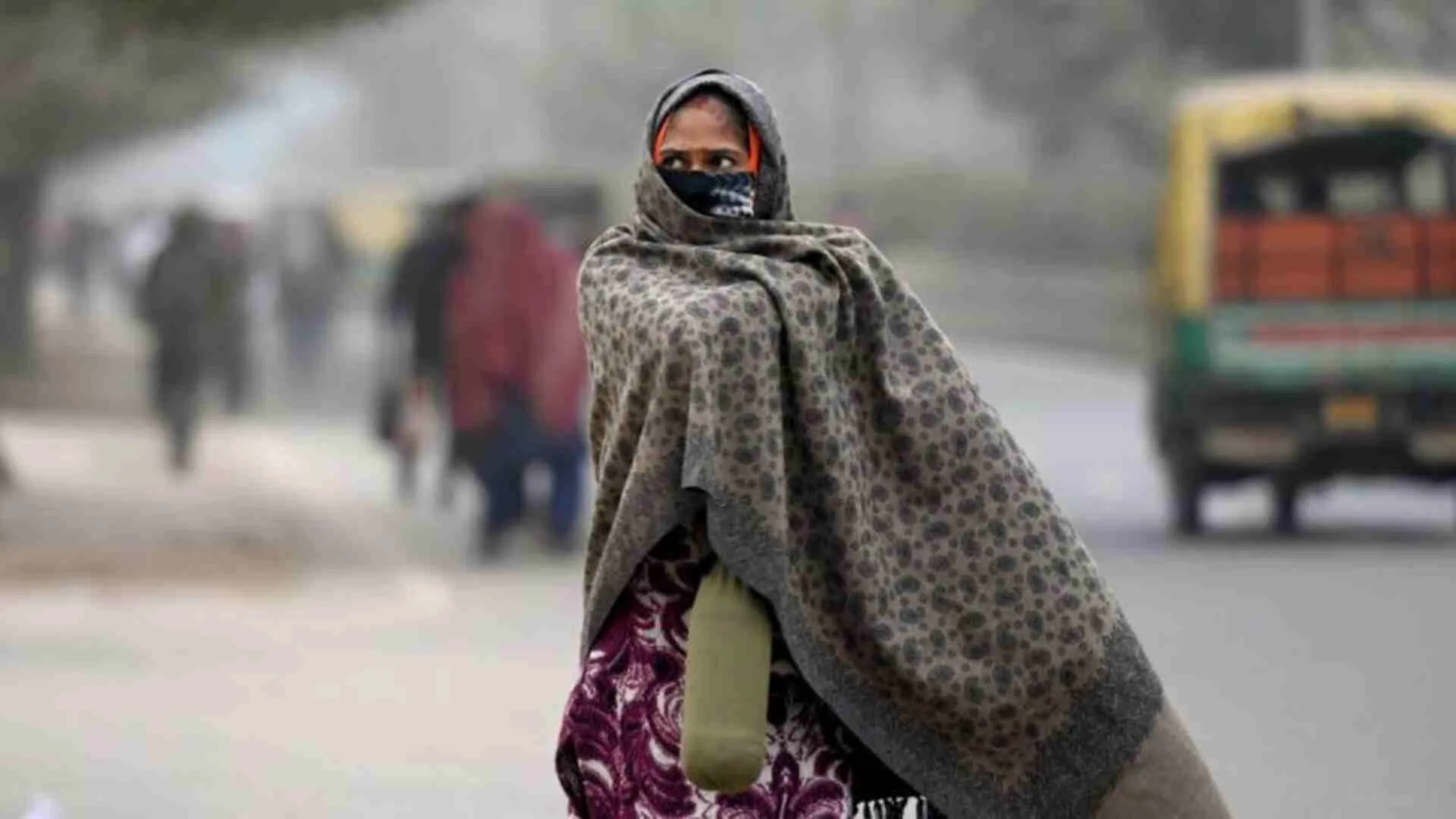Kempegowda International Airport in Bengaluru has set up monkeypox testing kiosks for international passengers, particularly those arriving from African countries. Passengers displaying symptoms of the virus will be required to undergo a 21-day quarantine. This precautionary measure comes in the wake of a confirmed case in Haryana, where the patient is currently in stable condition. On August 14, the World Health Organization (WHO) declared monkeypox a public health emergency.
The airport’s screening protocols are similar to those used during the COVID-19 pandemic. A spokesperson for the Bangalore International Airport Limited (BIAL) stated, “KIA is fully prepared and compliant with all health and safety protocols issued by relevant authorities in light of the global Mpox situation. All international passengers arriving at the airport are being thoroughly checked for elevated temperatures as part of the screening process.”
In India, the 26-year-old patient from Haryana was admitted to LNJP Hospital after showing symptoms of monkeypox. Reports indicate that the patient’s health condition is currently stable. The identified case in India is not of the Clade 1b strain, known to be a more virulent form of the virus. This strain has been found in countries where monkeypox was not previously reported.
Additionally, a suspected case of monkeypox was reported at Karachi’s Jinnah International Airport. A traveler arriving on a PIA flight from Jeddah exhibited symptoms similar to those of monkeypox.
Also read:
Man Throws ‘Snake Party’ For Birthday, Surrounded By Giant Pythons, Leaving The Internet Terrified
‘Kejriwal Wants To Ruin PM Modi’s B’day’, Say Netizens On His Resignation As Delhi CM Announcement
Rajinikanth Brings Swag To Onam, Dances To Vettaiyan Song On Coolie Set – Watch
Monkeypox is a viral disease caused by the monkeypox virus, initially identified in primates. The virus can be transmitted to humans through direct contact with infected animals or person-to-person contact via bodily fluids, respiratory droplets, or contaminated materials. Symptoms include fever, rash, and swollen lymph nodes. While the disease typically resolves on its own within a few weeks, severe cases can occur. Public health measures focus on isolation, infection control, and monitoring to prevent outbreaks.























